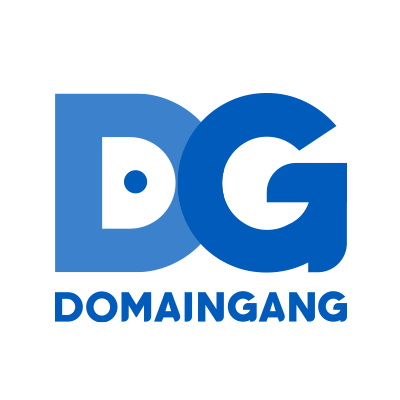YOUR AD HERE
In general, I thought UDRP panels have gotten past the issue of pricing as it relates to generic / descriptive one word domain names. A domain registrant who owns a one word .com – or alternative extension – domain name that is descriptive in nature should be able to make their own determination about the pricing based on their own expectations.
I am sure most of you have heard of the sportswear and shoe company called Converse. My daughter has a pair of the canvas Converse Chuck Taylor shoes, as do millions of others around the world. Converse is a well-known brand.
However, converse is also a dictionary term related to being engaged in conversation. With chat technology and chatbots in the news of late due to advancements in artificial intelligence, conversation related keywords are probably worth more now than ever before. In addition, I have been seeing startups and other businesses using non .com domain names quite a bit, and they seem to be selling for more. For instance, Doron Vermaat reported the $52,000 sale of Fire.CO just 3 days ago.
With that in mind, I draw your attention to the Converse.CO UDRP decision that was just published by the World Intellectual Property Organization. As you might have guessed from the lead-in here, the shoe and apparel company filed this UDRP. Respected IP attorney Stevan Lieberman represented the domain registrant, but the panel ruled in favor of Converse.
Here’s an excerpt from the most crucial part of the decision regarding registration and use of the domain name:
“Respondent argues that, even though it was aware of the CONVERSE Mark, Complainant has not carried its burden to prove targeting. The Panel finds, however, that the evidence before it is sufficient to prove that targeting is the most probable explanation for Respondent registration of the Disputed Domain Name.
Respondent set the purchase price for the Disputed Domain Name at GBP 235,275 (approximately USD 300,000). While the Panel is well aware that dictionary word domain names can fetch a high price tag (at the same time, those tend to be in the “.com” TLD), this price likely filters out buyers who are interested in the non-trademark meaning of the term “converse”. The Panel also infers that Respondent, an experienced domain name investor, was likely well aware that the price would filter out purchasers interested in only the dictionary, geographic, or surname connotations of the term. The Panel therefore infers that the price was knowingly set to limit the set of potential purchasers with a particular focus on the owner of both the CONVERSE Mark and the valuable domain name. The latter is different from the Disputed Domain Name by the addition of merely a single letter in the TLD – Respondent as a domainer could not reasonably be expected to have overlooked or been unaware of this fact.
Respondent rightly defends that the Policy does not prohibit a domain name owner from charging a buyer any price it wishes, but that misses the point, which is that, when combined with Respondent’s admitted awareness of the famous Mark, the price is a window into Respondent’s probable intent. The Panel does not deny that there could be purchasers willing to pay the set price based on the dictionary, geographic, or surname meanings, but the Panel finds that this is not probable in the circumstances of the present case. The Panel notes that Respondent has disclosed it purchased the Disputed Domain Name for USD 306, and, the Panel simply finds it implausible that Respondent immediately directed the Disputed Domain Name to Afternic, placing it for sale for approximately USD 300,000, merely in consideration of the dictionary value of the term “converse”.”
My interpretation is the panel believed that the price was set high enough that the only realistic buyer would be the well-known Converse brand. In my opinion, this is flawed thinking.
As a domain investor, I would look at it another way. If I owned Converse.CO, I would imagine Converse would have little interest in the lesser value .CO domain name. If you already have the .com, you don’t need the .CO. I would also assume that any company that wants to brand itself as Converse.CO – an AI or other similar type of company – would understand potential risks of sharing a brand space with Converse. They would know their offering needs to be distinct from the sportswear and shoe company, and they would also know there could be a legal battle. This type of buyer would have ample funding and a legal war chest to protect the brand they are building. As such, a company interested in creating a different Converse brand would be able to pay the ask. Additionally, it is an asking price and perhaps the number to get it done is lower.
At the end of the day, I don’t think panelists should make assumptions on a domain registrant’s intent based on the asking price of a descriptive domain name.
 1 year ago
50
1 year ago
50







 English (US) ·
English (US) ·